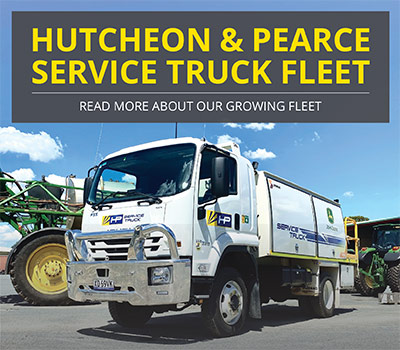Subscribe To Our Weekly Newsletter
Categories
TECSight update:
Busy-ness and business as usual
Extra calls, kilometres of boundaries, next gen display and receivers and data syncing. There’s no rest for our TECSight crew!
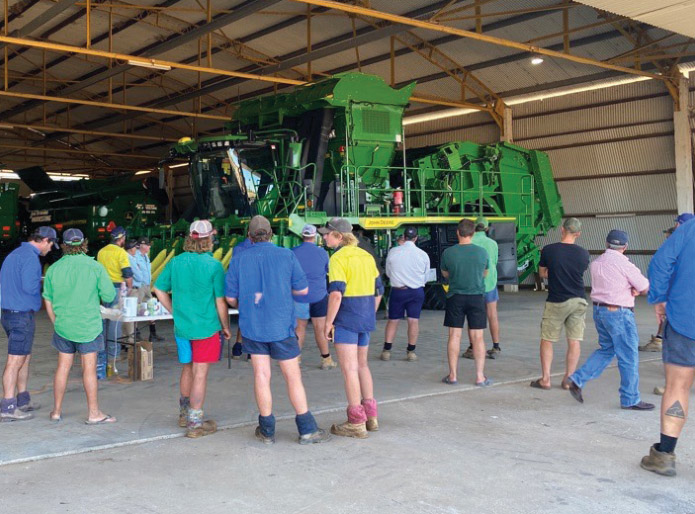 It’s been an interesting and particularly busy few months for our TECSight Remote Support, Field Services and Precision Ag teams. Integrated Solutions & Precision Ag Manager, Hamish Ross, gave us the lowdown and we’re exhausted just thinking about it!
It’s been an interesting and particularly busy few months for our TECSight Remote Support, Field Services and Precision Ag teams. Integrated Solutions & Precision Ag Manager, Hamish Ross, gave us the lowdown and we’re exhausted just thinking about it!
TECSight calls for technology
Our Remote Support team has seen a 40% increase in call volumes in recent months, from an average of 60 calls a day to 100. Historically, this time of year sees an uptick in calls about winter crop seeding but as Hamish explains, the current calls go beyond the usual diagnostic work.
“There is certainly more interest in technology with lots of customers really wanting to understand how it can add value to their operations. A lot of these machines have got a significant amount of technology in them, which customers aren’t always using to the fullest, so they want to see what more their gear can do.
“Our Remote Support team has now added the role of technical communicator, which acts as an internal escalation point for our technicians. They are also focused on referring customers to our Precision Ag team when they need that next level of advice.
“Our Field Services team has also been very busy with end of harvest rolling straight into the new year and a large number of cotton pickers, seeders and other machines being delivered in the first half of this year. So, the team is out doing startups and optimsation visits on these machines. Seeding equipment is always a big one because some of it is non-John Deere, which means there are often bugs that need to be ironed out in the first couple of days of seeding when we retrofit John Deere equipment to a non-John Deere seeding system.
“Supported by Precision Ag team members, the Field Services team also ran three cotton picker clinics in April, in Wee Waa, Dubbo and Griffith. These cotton clinics helped growers and contractors to get familiar with the latest in machine technology and get to know their cotton harvester and its capabilities ahead of this year’s cotton pick.”
Precision Ag mapping boundaries
Our Precision Ag guys don’t have a lot of spare time either, between lots of data clean-up and base station tidy ups. Meanwhile team member James Niemeyer has been flat out boundary mapping in the Coonamble and Walgett area and has so far and mapped a whopping 5000kms a month.
“As we move further down the autonomous machines path, the post and wire fences that used to define a farm’s boundaries are being replaced by digital ‘geofences’.
“It’s critical that you measure these boundaries correctly so that when you pair these virtual geofences with guidance lines, the machine is then able to plot an accurate path through an entire field.
“Knowing those boundaries also means we have accurate data being captured and used by farm management platforms like John Deere Operations Center. So having James out there doing this boundary mapping is a really important part in us helping our customers to get it right and make the most of their technology.”
New technology update available
With the announcement of the G5 display and StarFire™ 7000 receivers, things are also set to get busy on the technology update front.
We have 7000 receivers already rolling in and the G5 displays will be available some time in model year ’24. While moving to the new technology may not be for everyone, Hamish said there’s a lot of value in it for some customers, including a lower cost upfront.
“For these receivers, the lower cost of entry per accuracy level is expected to improve uptime. Compared to radio RTK, that’s about a third of the price upfront and then an ongoing subscription. The lower cost of entry is the first part in a change in the business model which will see technology improve over time and only paying for what your farm needs. It’s a big change for us.
“I often get feedback on the number of updates in technology that are rolled out. But I want to reassure everyone that we only ever ask people to upgrade if there’s value in it for your business. Nothing is stopping – if you want to stick with your Gen4, GS3 or GS2 display and 6000 or 3000 receiver, that’s fine. But if there’s value to your business – especially if you want to move down that road towards automation – then it’s worth looking at the new technology. It’s just another business decision to be made and we’re here to talk you through it if you’re interested.”
Improvements to Data Sync
The new Data Sync is another element keeping our team on their toes recently and they’re excited about what it means for customers.
With the ability to sync all of your different Gen4 displays to Operations Centre, this new Data Sync will help producers to save time, increase efficiency in-season and increase accuracy for better record retention and analysis. In the past, you would need to create guidance lines and then get a USB and transfer them to your other displays or upload them to Op Center and then download the setup file to your next machine.
“Now, as soon as you create that guidance for say preemergence spraying, within seconds it goes up to the cloud and is synced across all activated machines, taking away that need to grab the USB and manually transfer between machines. That goes for all of your sowing, spraying, spreading and harvesting data across all Gen4 displays and is a huge win, especially for those Controlled Traffic environments where people can’t drive off line because of field compaction.
“This is something our customers have called for, and we’ve been advocating for. It’s quite intuitive but if you have any concerns at all or you want to take quite a targeted approach to your data synching, reach out to our Precision Ag team who can help you get the data cleaned up, get Op Centre cleaned up and then roll it out across your machines.”
If you have a question about Data Sync or anything technology related, please contact the TECSight team on (02) 5924 5111.
Articles And Resources From The Hutcheon & Pearce Newsroom
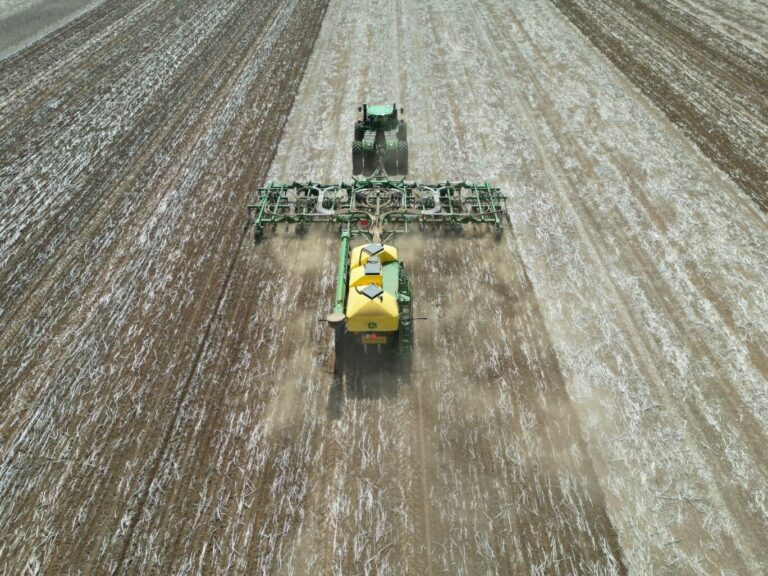
John Deere Seeding: Smarter Together
Experience precision, productivity and peace of mind with a complete
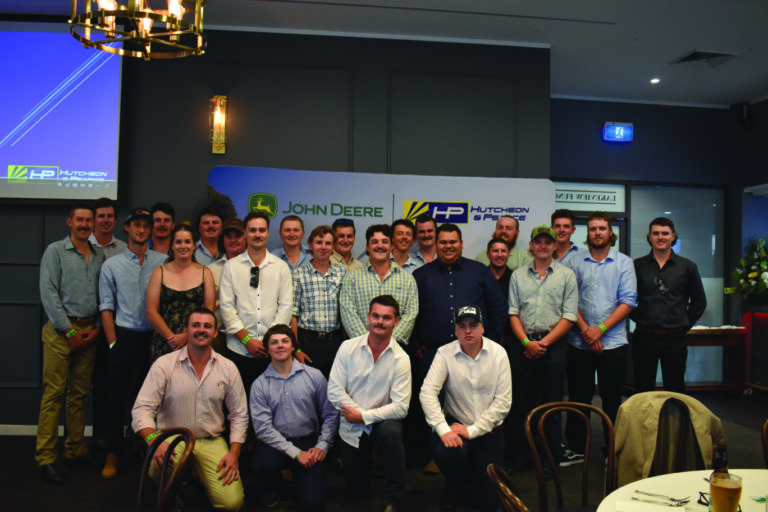
Celebrating Success: H&P Apprenticeship Graduation
Hutcheon & Pearce celebrate their newest graduates of the High
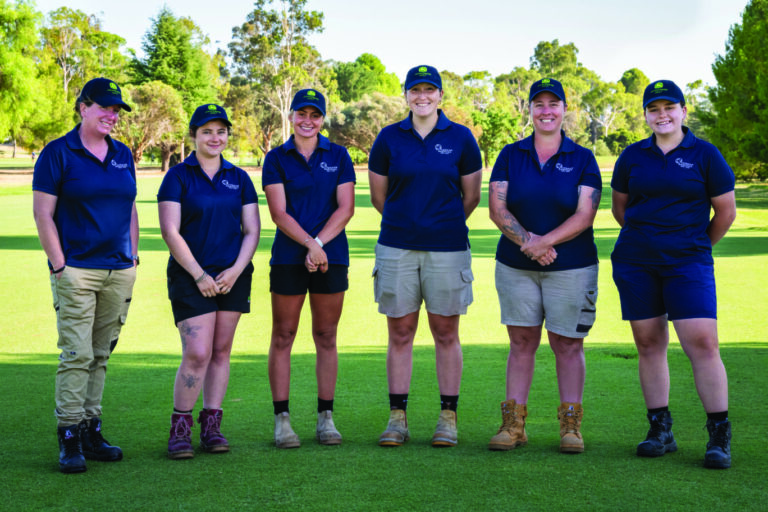
Cobram Women in Turf Program a Success
An action-packed week at the Cobram Barooga Golf Club saw

